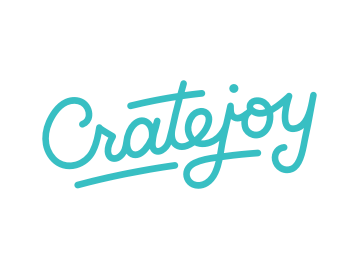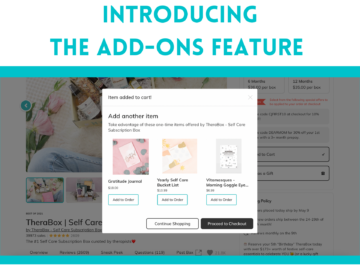As a business owner, you often talk about your revenue coming from your customers –– the people who purchase your product.
In a traditional sense of the word, “customer” doesn’t imply much more than that: a person who purchases your goods or services with money or some other form of compensation. Depending on the nature of your business, these customers can be private individuals, other companies, or even the government. Understanding who your customer is, in this sense, is similar to customer acquisition discussions we’ve had in the past.
But for subscription businesses, your customer means something more than a one-time buy. A customer in your case is actually better described as a “subscriber.” Here, the single purchase is replaced with a recurring set of purchases, based on a set schedule defined by your business. By and large, subscribers are much better to have than customers.
A Rundown: Differences Between the Two Classifications
Let’s start with a breakdown of what makes these two classifications important to understand: it’s not just verbal wordplay.
What Do We Mean By Customers?
- Single purchase at minimum
- Less of a commitment
- Harder to track to repeat customers; their Lifetime Value (LTV) is muddier, putting more emphasis on total company revenue vs. individual customer value
- Difficult to assess demand
- Inherently fewer interactions, meaning less chance for brand loyalty
- Harder to identify customer “types”
The takeaway: Customers usually mean less stable revenue that is harder to keep track of, with customer-brand relationships that have fewer opportunities to grow. For this reason, businesses that primarily live off one-time purchases need to use specific financial tools to understand the value of their company. Cash flow, profit, and the accuracy of projections become some of your company’s most important assets.
In short, these determine your company’s value. Even if you aren’t looking to be acquired by a larger company, these will be how you understand your business: what is the year-on-year cash flow, at what margin, and by what growth?
What Do We Mean By Subscribers?
- Recurring, automatic billing scenarios (i.e. repeat purchases)
- Encourages commitment early on
- Easier to track and project LTV; can include these calculations in company value
- Easier to assess demand, with a smoother revenue schedule
- More opportunities to interact with and assess your types of customers
- More opportunities to increase loyalty
The takeaway: Subscribers add stability in many ways. Businesses that primarily have subscribers as their customer base are able to use it as an asset. Revenue, growth, and retention (that is, how long the subscriber stays) become reinforced with hundreds –– or thousands –– of data points. This allows you to craft more meaningful, data-driven valuations based on behaviors that are easily demonstrable. For example: We have X many subscribers recurring on Y schedule, with only a Z% churn rate each month. This makes forecasting profit growth and your business’s longevity much more stable and understandable.
Subscriptions Are (Mostly) Easy to Start
So: how can you get subscribers for your business?
With solutions like Cratejoy, it’s fast, simple, and straightforward to build a powerful subscription business. Even if you have an existing product offering, you might consider integrating subscriptions as part of your business. In doing so, you can create an exciting new experience, using the mission and theme of your products to develop a unique subscription, or you can simply enable your customers to get their product on auto-delivery.
You don’t need much to gain subscribers. Here are some simple, big-picture things to consider.
- Billing and shipping schedule: Make it clear to customers when they’re getting their product. Do they choose the delivery date, or do you batch-process subscriptions once a month?
- Customer expectations: How is this subscription experience different from your regular product? Are you providing smaller versions of your products to be sampled? What’s the value proposition of a subscription with you?
- Automating and thinking through your new customer service funnels: Make sure your team knows how to manage subscriptions and handle new requests.
It’s also suggested you get crisp on the Key Performance Indicators (KPIs) for subscription boxes, some of which we touched on above. Soon, you’ll find that integrating subscriptions into your existing business model, or starting a new subscription business, is a rewarding endeavor.



